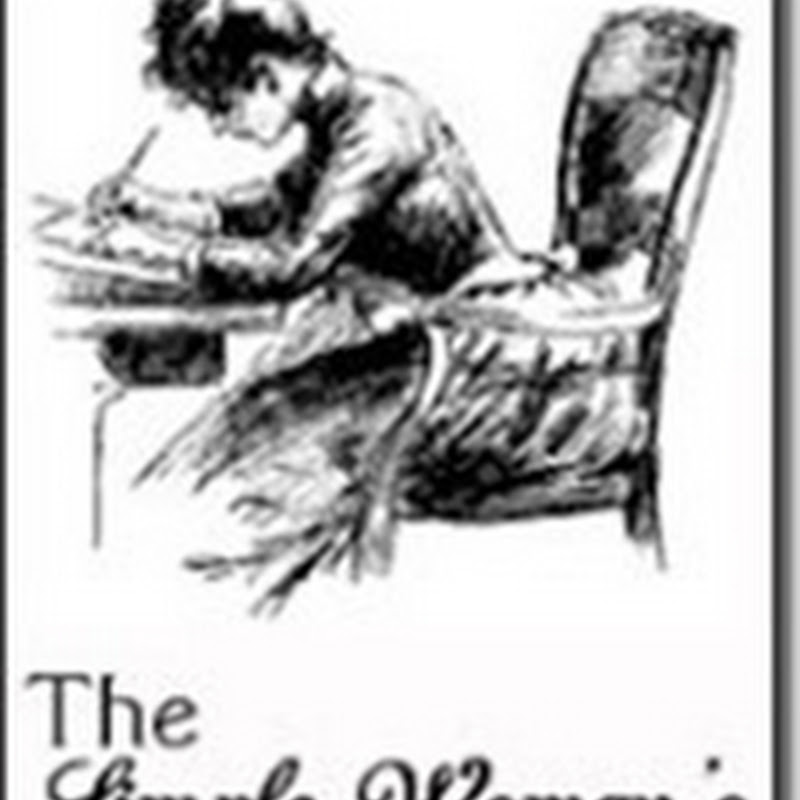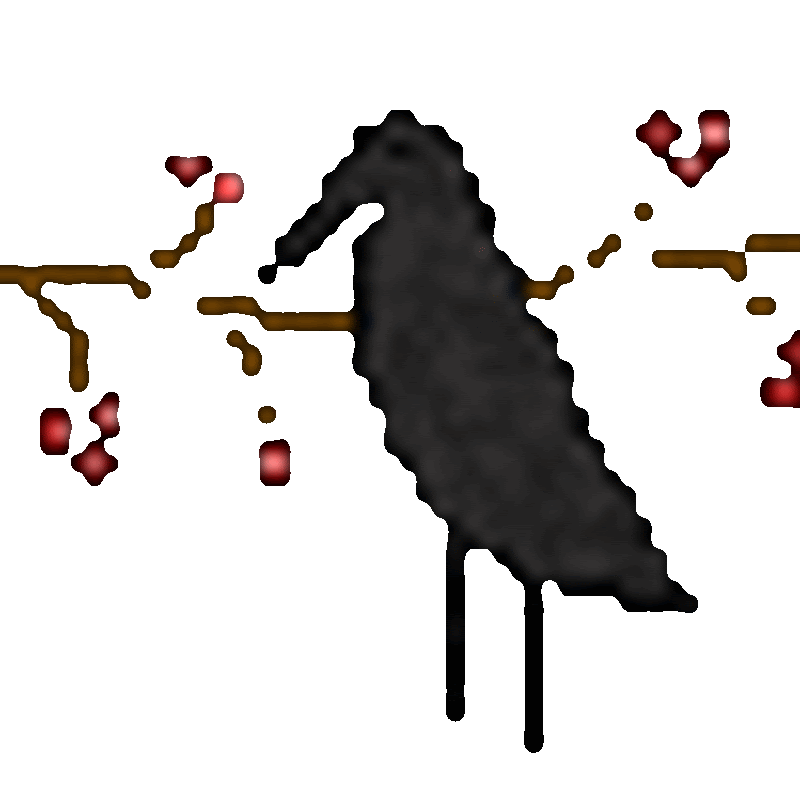Easter Blessing
Tonya
I was reading Pet Centric this morning and they shared the Story of the Easter Bunny!
Thought I'd share it with you!
THE STORY OF THE EASTER BUNNY
These days, Easter is primarily a religious holiday. But in the mainstream consciousness, the day still maintains very old, non-Christian customs, including the legend of the Easter Bunny, a Santa-like rabbit who delivers colored eggs, candy and other treats to well-behaved children. But where did the Easter Bunny myth come from, and does it have anything at all to do with Christian traditions? Read on to learn all about the origins of the venerable Easter Bunny
RABBITS AND FERTILITY
Aside from the aspects of the modern Easter celebration that are specifically Christian, much of the holiday is overtly dedicated to the advent of springtime and new life. Rabbits have long been symbols of fertility and rebirth because of their oft-noted capacity for reproduction. As a result, they are often seen as the animal kingdom’s top representative for springtime traditions (and prolific breeding, in general).
Aside from the aspects of the modern Easter celebration that are specifically Christian, much of the holiday is overtly dedicated to the advent of springtime and new life. Rabbits have long been symbols of fertility and rebirth because of their oft-noted capacity for reproduction. As a result, they are often seen as the animal kingdom’s top representative for springtime traditions (and prolific breeding, in general).
EOSTRE
The origins of secular Easter traditions can be traced back to a pre-Christian Germany in the 13th century, when people in that region still worshipped pagan deities. One of these was Eostre, aka Eostra or Ostara, a goddess of spring and fertility who was honored with feasts during the month of April. It’s from her that the holiday of Easter takes its name. One of Eostre’s symbols was the rabbit, because of the animal’s well-known fertility.
The origins of secular Easter traditions can be traced back to a pre-Christian Germany in the 13th century, when people in that region still worshipped pagan deities. One of these was Eostre, aka Eostra or Ostara, a goddess of spring and fertility who was honored with feasts during the month of April. It’s from her that the holiday of Easter takes its name. One of Eostre’s symbols was the rabbit, because of the animal’s well-known fertility.
MOONGAZING HARES
Rabbits and hares were symbols of fecundity, vitality and moon worship in pagan traditions even preceding the Teutonic goddess Eostre. The image of the moongazing hare, for example, was a widely observed symbol in ancient times. Pagans believed that to see a moongazing hare was a good omen of growth, rebirth, abundance, new beginnings and good fortune. Of course, these are all concepts closely tied to springtime and the celebration of Easter.
Rabbits and hares were symbols of fecundity, vitality and moon worship in pagan traditions even preceding the Teutonic goddess Eostre. The image of the moongazing hare, for example, was a widely observed symbol in ancient times. Pagans believed that to see a moongazing hare was a good omen of growth, rebirth, abundance, new beginnings and good fortune. Of course, these are all concepts closely tied to springtime and the celebration of Easter.
EASTER EGGS
Part of the modern Easter Bunny tradition is that it delivers eggs on Easter, both as gifts and as hidden prizes for children to find on Easter egg hunts. It’s no wonder that rabbits and eggs should be so closely tied as Easter symbols, since both are powerful symbols of fertility and new life. The concept of a rabbit who delivers eggs on Easter was first written down in a 1682 book called “About Easter Eggs,” by German physicist and botanist Georg Franck von Franckenau.
Part of the modern Easter Bunny tradition is that it delivers eggs on Easter, both as gifts and as hidden prizes for children to find on Easter egg hunts. It’s no wonder that rabbits and eggs should be so closely tied as Easter symbols, since both are powerful symbols of fertility and new life. The concept of a rabbit who delivers eggs on Easter was first written down in a 1682 book called “About Easter Eggs,” by German physicist and botanist Georg Franck von Franckenau.
EGG-LAYING BUNNY
The goddess Eostre has more to do with Easter than just granting the holiday its name and old pagan traditions. There’s also a particular myth that may have contributed to the idea of the Easter Bunny. The story goes that one winter, Eostre encountered a bird who was starving and cold. The goddess transformed the bird into a rabbit because, as a rabbit, it would have fur to keep it warm and an easier time finding food. The now-rabbit survived the harsh winter, and it also retained its avian ability to lay eggs. The rabbit would decorate its eggs and leave them in gratitude as gifts for Eostre.
The goddess Eostre has more to do with Easter than just granting the holiday its name and old pagan traditions. There’s also a particular myth that may have contributed to the idea of the Easter Bunny. The story goes that one winter, Eostre encountered a bird who was starving and cold. The goddess transformed the bird into a rabbit because, as a rabbit, it would have fur to keep it warm and an easier time finding food. The now-rabbit survived the harsh winter, and it also retained its avian ability to lay eggs. The rabbit would decorate its eggs and leave them in gratitude as gifts for Eostre.
THE EASTER BUNNY IN AMERICA
Between Christmas trees and the Easter Bunny, we owe a lot to the German immigrants who brought their holiday traditions with them when they came to America. In the 1700s, Germans first imported the concept of Osterhase (the German name for the Easter Bunny) to Pennsylvania. The children’s custom of making nests for the Easter Bunny to fill with colored eggs eventually spread around the country. Over time, Americans replaced the nests with Easter baskets and chocolate treats were added to the mix.
Between Christmas trees and the Easter Bunny, we owe a lot to the German immigrants who brought their holiday traditions with them when they came to America. In the 1700s, Germans first imported the concept of Osterhase (the German name for the Easter Bunny) to Pennsylvania. The children’s custom of making nests for the Easter Bunny to fill with colored eggs eventually spread around the country. Over time, Americans replaced the nests with Easter baskets and chocolate treats were added to the mix.
CHRISTIANITY
While Easter is now primarily observed as a religious holiday and the secular customs of the Easter bunny are generally thought of as wholly separate from Christian beliefs, the histories of the religious and the secular aspects of Easter are more entwined than you may think. Early Christians celebrated Passover at this time of year. It was when they tried to convert the pagan Germans, who were reluctant to abandon the customs of Eostre’s feast, that Christians chose to adapt those customs to their own beliefs, thus creating the modern Easter and uniting Jesus with the Bunny.
While Easter is now primarily observed as a religious holiday and the secular customs of the Easter bunny are generally thought of as wholly separate from Christian beliefs, the histories of the religious and the secular aspects of Easter are more entwined than you may think. Early Christians celebrated Passover at this time of year. It was when they tried to convert the pagan Germans, who were reluctant to abandon the customs of Eostre’s feast, that Christians chose to adapt those customs to their own beliefs, thus creating the modern Easter and uniting Jesus with the Bunny.




























































































.jpg)






































































HAPPY EASTER TONYA,
ReplyDeleteWhat a delightful and sincere post.
Blessings,
Karen
Happy Easter Tonya!
ReplyDeletePrim Blessings,
Patti
Happy Easter Tonya!
ReplyDeletePrim Blessings
Robin
Very fitting we celebrate Christ's Resurrection in the spring - New Life! Nice post Tonya - have a blessed week ~*~Lisa
ReplyDeleteGreat blog I enjooyed reading
ReplyDelete